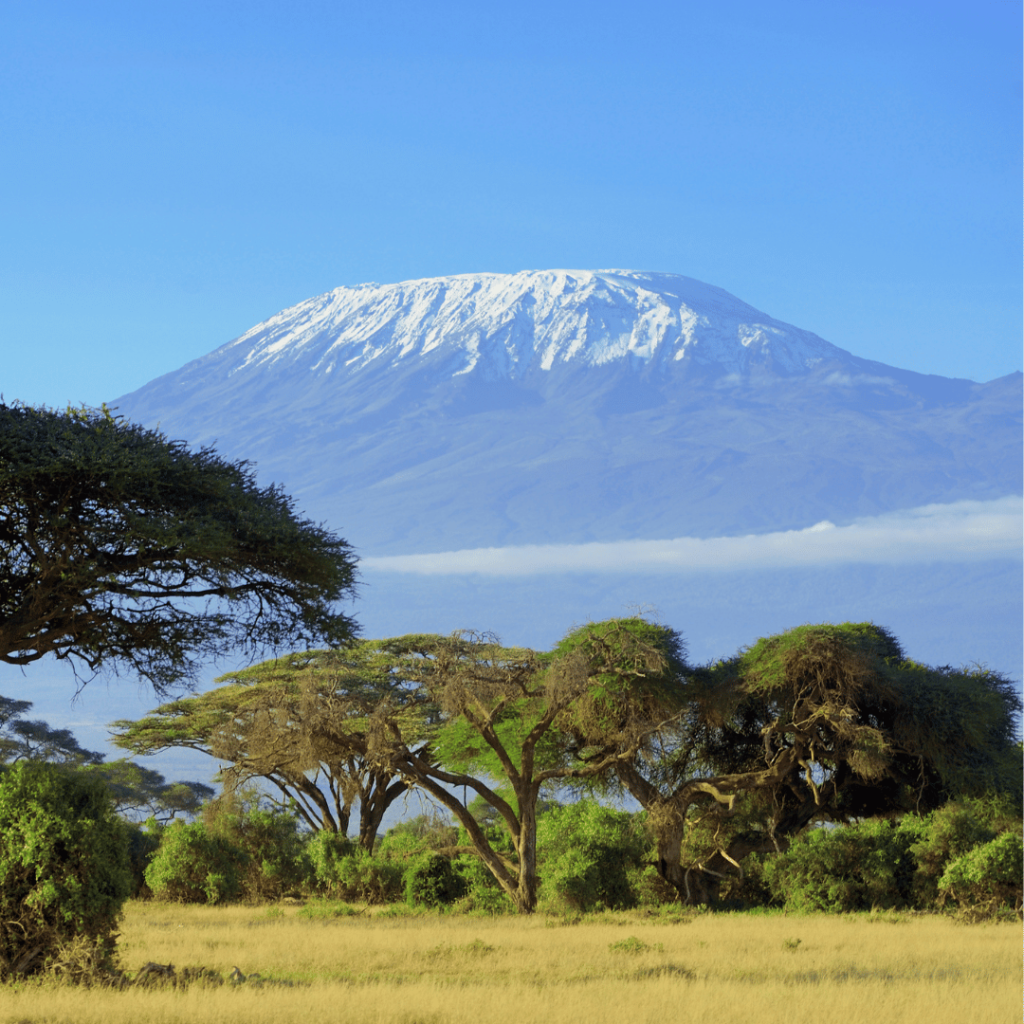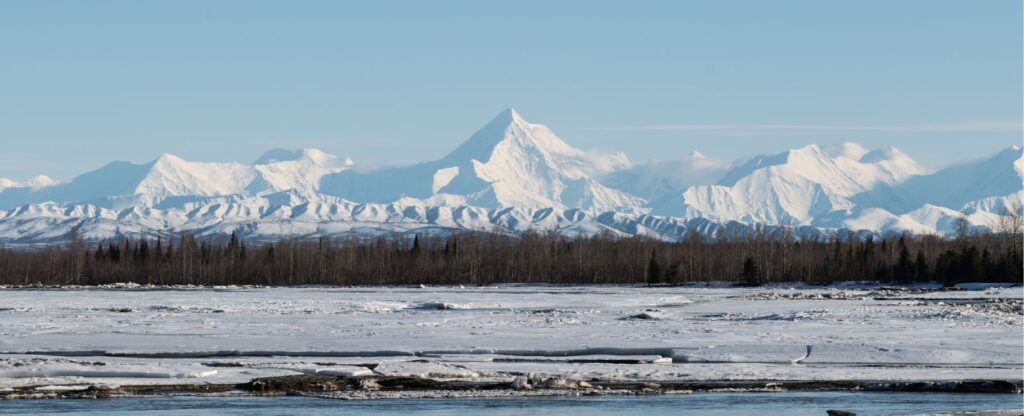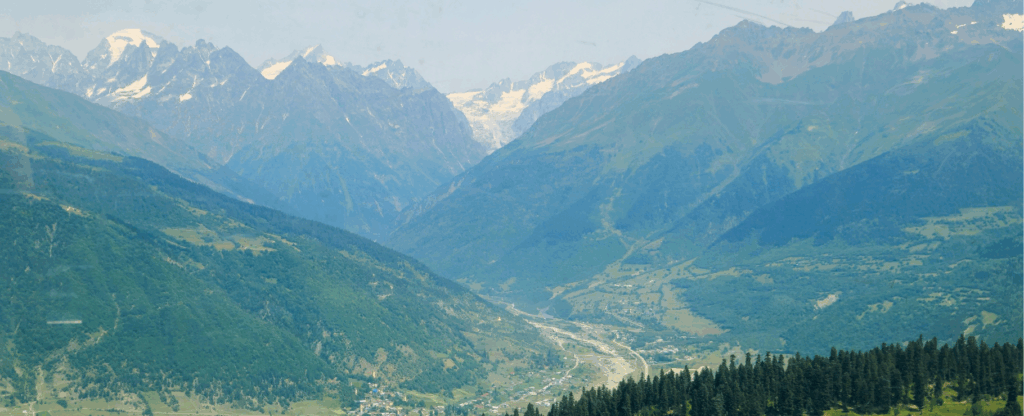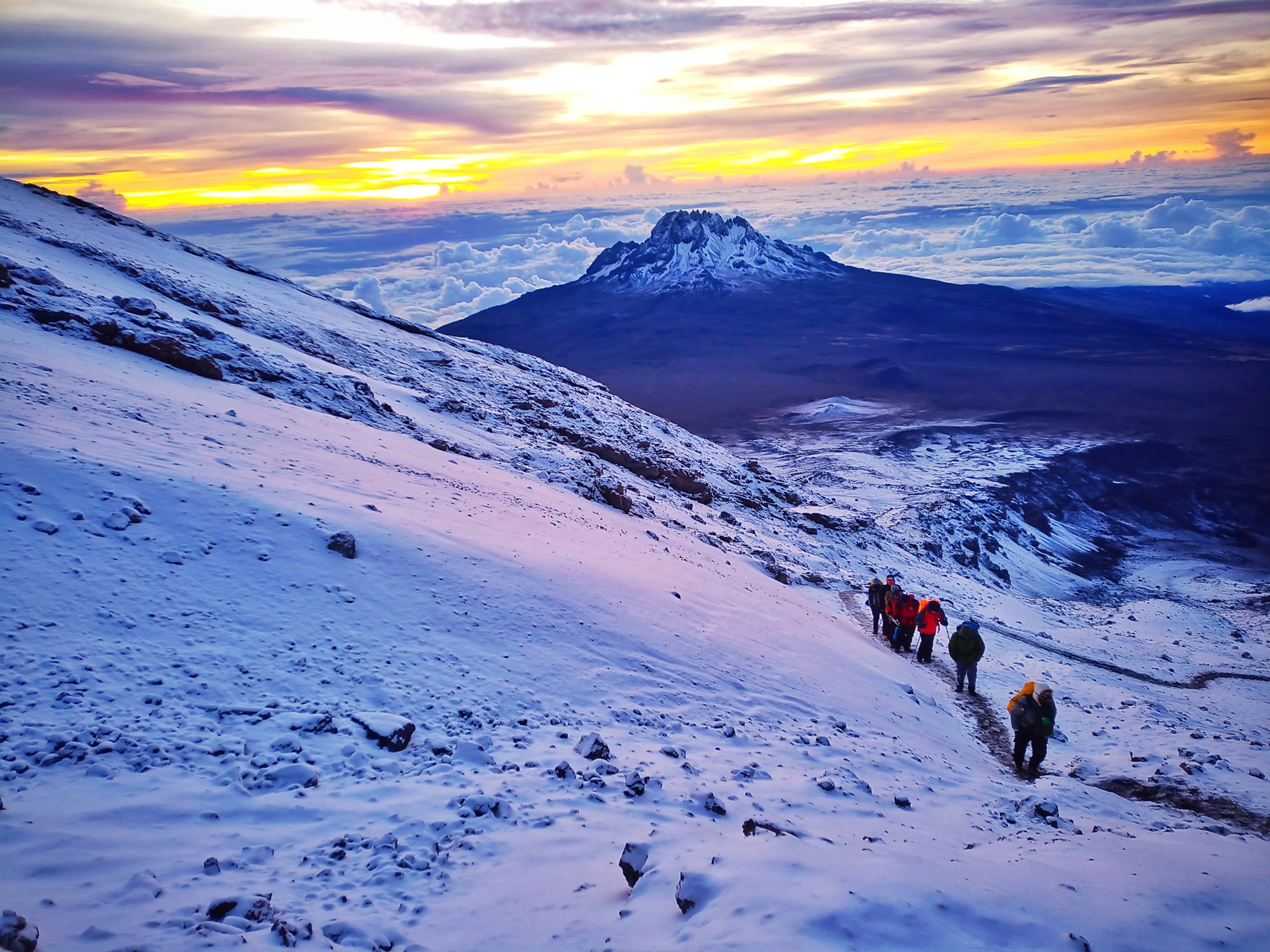Home » An exam of 5,895 meters
An exam of 5,895 meters
How has been the physical preparation to ascend Kilimanjaro?
The ascent to Uhuru Peak, more popularly known as Kilimanjaro, is not just any ascent and as such requires planning and preparation in advance and over time.
First of all, you have to keep in mind the departure date of the trip as well as the characteristics of the route to the summit. Responding to the first, the flight from Barcelona to the Kilimanjaro airport (in Tanzania) leaves us on April 1 and on the same day, April 2, the trekking begins. Regarding the second aspect related to the characteristics of the route, in our case the pioneer and promoter of the group with which we are going (through a travel agency) was Natalia Santamaria who opted for the “Lemosho Route” to be the route that presents a better acclimatization.
The “Lemosho Route” starts the trekking at Londorossi Gate (2,100 meters) and takes the path to the west of the massif and from there it leads the walkers through the Shira Plateau. The route is not as popular as the “Machame route” or the “Marangu route” but it makes up for it with its variety of scenery. The ascent to Kilimanjaro and its 5,895 meters can involve up to 6-7 days of crossing and it must be taken into account that they will walk around 70 km and about 6,000 meters of positive slope and about 6,500 meters of negative slope since the route ends in the elevation of 1,600 meters approximately.
From all the previous technical characteristics presented, some considerations of interest regarding the preparation of the ascent are extracted, such as the following:
- The daily distances to walk are not long and can be between 10 – 15 km per day.
- The positive slope per day is 1,000 meters and the negative is also 1,000 meters per day.
- The previous parameters of distance and unevenness have to be completed at altitudes where oxygen shortage is evident.
Historically, the months of December and January for me have always been the ones with the least amount of activity in the mountains, as well as physical activity in general, and this could be explained by the short duration of the days, the worst weather for outdoor activities, as well as the high activity in the rest of the months of the year that result in taking advantage of it to rest the body.
The year 2022 is no exception to the previous one and the month of November is full of activities, among others the popular “Behobia – San Sebastián” race as well as the comprehensive Sierra Nevada with snow that leads us to ascend Pico Veleta (3rd highest summit of the Iberian Peninsula with 3,392 meters) and Pico Mulhacén (with a height of 3,482 meters the highest on the peninsula). Once the previous program is completed, we will take a well-deserved break in the months of December and January in which I will go running one specific day, although I will practically not step on the mountain.
Well into the month of February the chip changes completely. There are just two months left to go to Africa and I activate the “Kilimanjaro” mode. Parcelo and I differentiate my preparation between the month of February in which the aerobic resistance capacity will be worked more and the month of March in which, to the extent of the possibilities offered by the environment of Catalonia, we will work on acclimatization as well as introduce more unevenness in our exits.

In the month of February to work and promote aerobic activity that is at a minimum, I choose to go running 2-3 days from Monday to Friday and go hiking in the mountains on the weekend for a total of 3 – 4 days of activity in the week. In reference to running, I usually make 10-15 km outings through the mountains since it gives me more disconnection than the urban route and that generally takes me between 1 hour and 2 hours of activity.
Regarding the activity on weekends during the month of February, I carry out the following:

- 2 weekends I opt for the Montserrat massif, specifically the Monistrol de Montserrat – Santo Jeroni route, which involves more than 1,000 meters of positive slope and around 16 km
- 2 weekends I choose to go out with friends from Portbou and which is also where I have the hiking club in which I am affiliated. Gina Strohecker and Xavier Ardèvol are the best possible ambassadors (you too Li when you recover from this Achilles heel) to get to know the Alt Empordà and we complete routes of between 15 – 20 km and with 1,000 meters of unevenness through a territory that is not It is excessively high (at no time did we go above 700 meters).
- March 19: route through Vallter, specifically to the Buckwheat Grain (2,714 m)
- March 25 and 26: it is the weekend before leaving and we will climb Puigmal (2,910 meters) on Saturday and Torreneules (2,713 meters) on Sunday, trying to stay at altitude for as long as possible.
I do not leave the routine of running 2-3 times during the week and the other 2 weekends I will run through Sadernes to the summit of Bassegoda (1,373 meters) as well as Santo Jeroni (1,236 meters) where, although I do not specifically work on height work resistance as well as distances and unevenness similar or even higher than what we will see in our “Lemosho Route”
Well, making an academic comparison, we have already studied for the Kilimanjaro exam and we are prepared. Let the curtain rise!
OUR LATEST PUBLICATIONS

The Alaska Range: Mountains in their most extreme form
Denali and the territory where nature imposes its own rules In Top Summits of the World, we admire mountain ranges for their elegance, others for

The Caucasus: the natural wall between Europe and Asia
An extreme mountain range where cultures, continents, and epic peaks intersect In Top Summits of the World, we feature mountain ranges that challenge us with

The Atlas: the Maghreb mountain range between the Sahara and the Mediterranean
A journey through the Atlas, guardians of the desert and the mountains At Top Summits of the World we have traveled mountain ranges that cross

